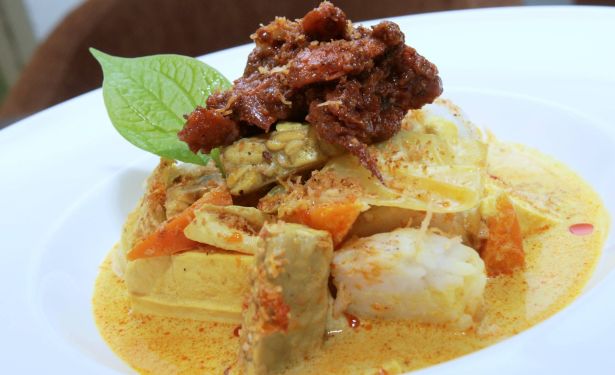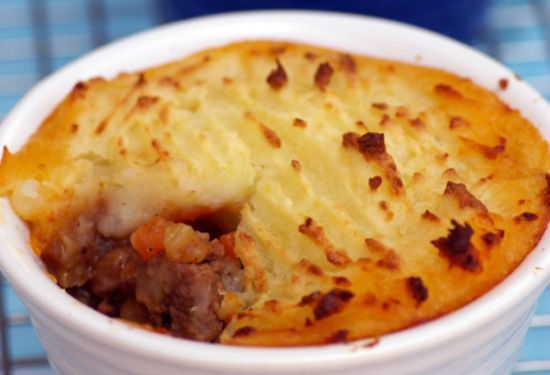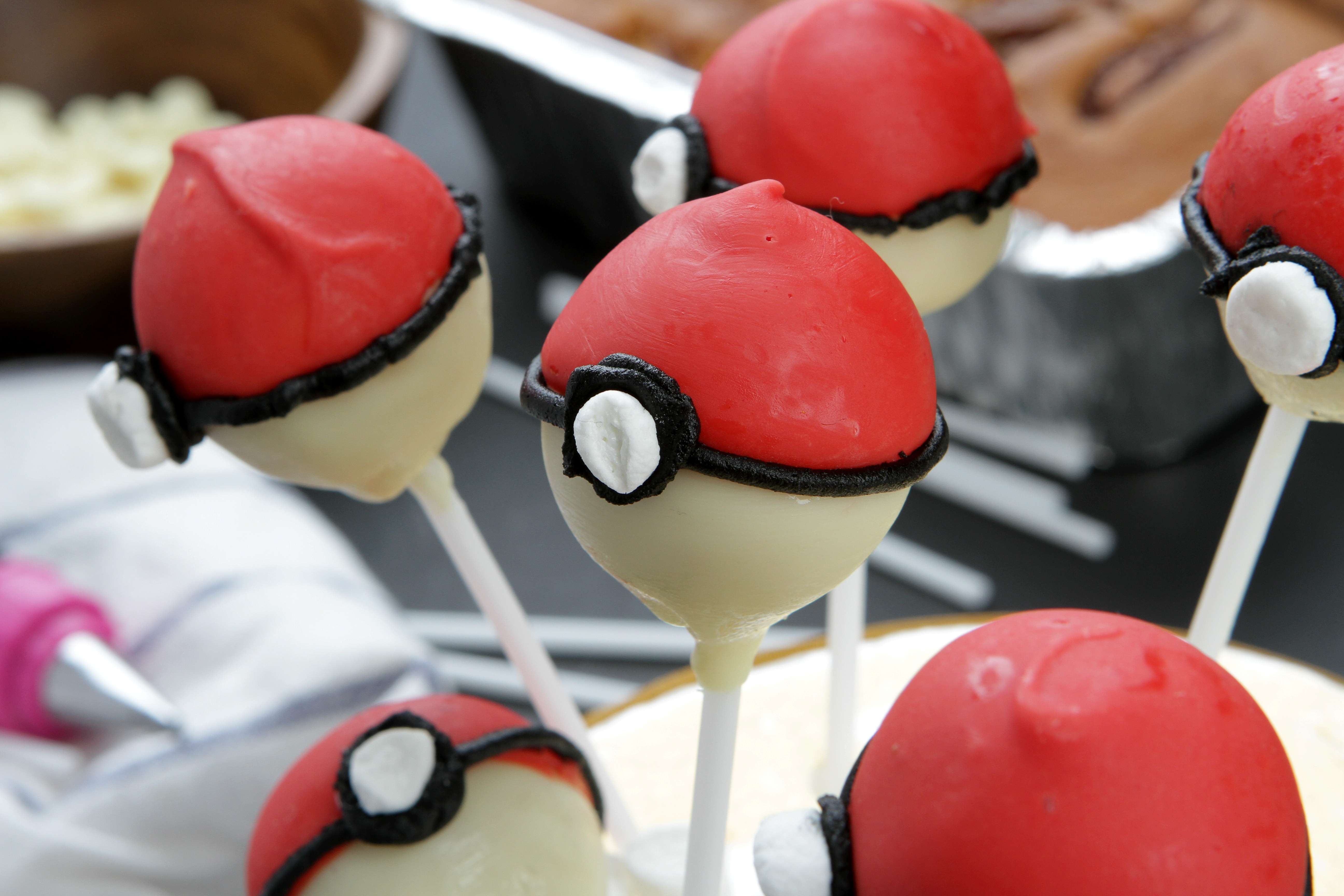SS20 Fish Head Noodle,
28, Jalan SS20/10,
Damanasara Kim,
Petaling Jaya, Selangor.
Tel: 012 628 8896, 019 335 0880
Business hours: 10.30am – 10.00pm,
last order at 9.30pm.
Sticking to what it knows best, SS20 Fish Head Noodle restaurant keeps customers a-slurping.
IT says something when a small informal eatery finds its way into the travellers’ review website Tripadvisor and quite a few local food blogs.
On a Sunday afternoon, there were people waiting for tables, and the inside of the restaurant was full, although it was quiet outside, since the block of shops is in a residential corner of Petaling Jaya.
The restaurant serves essentially a single dish, or permutations and combinations of it, with the restaurant name, SS20 Fish Head Noodle, alluding to it.
The main dish here is fish with noodles in soup. The menu is simple with just three main offerings: soong fish with noodles, haruan fish with noodles or fish paste with noodles. Given a choice of three noodle types – fine mee hoon, lai fun and thick mee hoon, and another choice of the fish being fried or non-fried, except for the fish paste, that works out to be 15 permutations of fish noodles. Add in the fact that the fish soup can be had with or without evaporated milk added, and the seemingly simple menu has 30 possible permutations of fish noodles in soup.
There is only one serving size, priced at RM11 for the fine mee hoon with either soong or haruan fish, and RM12 for the same dish with lai fun or thick mee hoon. The fish paste servings are priced at RM9.50 for fine mee hoon and RM10 for lai fun and thick mee hoon.
The meat of haruan, a carnivorous freshwater fish, is firmer than the bonier soong fish, and the fish paste is made from haruan meat, but it’s a matter of personal taste. Similarly, lai fun is a smooth, round, thick noodle, while the mee hoon is coarser in texture so the noodle choice is also a personal preference.
The restaurant interior is airconditioned, clean and appealing, with bright white surfaces, bright lighting and modern appearance. This is essentially a no-frills restaurant, however, so it doesn’t have a décor to speak of.
Being a frequent customer of the restaurant, the appeal is evident: the fish meat is fresh, and even the fish paste doesn’t have additives. The other draw is the fish noodle soup: in traditional fashion, it is made from preserved Chinese vegetables, sliced garlic, tomato and spring onion. As a kicker, Chinese rice wine is added but can be excluded on request.
The dish is served piping hot and so the diner has to be cautious, but gratification is immediate with the first spoonful of the thick soup with its rich, gingery flavour and surely enough “heat” as the Chinese say, to be as strong as a tonic. Sourish from the tomato, spicy from the ginger, salty from the preserved vegetables, taste-wise, it delivers the same kick as a bowl of hot Indian rasam. In addition, the soup is MSG-free.
I usually order the fish paste noodles without milk, with fine mee hoon, and the quality of the food has been always been consistent: the fish paste is bouncy and firm, with five chunks in a large bowl of steaming soup with noodles. Although the restaurant is air-conditioned, eating here is always a sweaty affair because of the soup, which is slurp-worthy to the last scoop of the large porcelain bowl.
If noodles are not your thing, there is an off-menu item which can be ordered, being sashimi with porridge.
The fish noodles in its various permutations are the main draw, but the side dishes are a strong complement as well, and most tables will order some of these. As expected, additional fish can be ordered, but the real star here, as far as I am concerned, is the baby spinach, which comes in a generous portion in its own soup stock (RM10.50).
Always fresh and tender, they make for an excellent accompaniment to the main noodles dish. The soup stock is not as strong as the fish noodle dishes, being made with ikan bilis.
The side dishes also come in a variety of combinations, so baby spinach with fish paste, for example, or fish noodle soup without noodles or just fried haruan fish (RM15.30).
The restaurant, besides specialising in fish noodles, also specialises in soya milk, as the family also runs a well-regarded and well-known series of soya bean outlets, so there is a good choice of drinks and desserts, equally imaginative in combination. From the basics of soya bean, a Chinese herbal drink, cendol and cincau, can be had combinations of soya milk with cincau, soya milk with cendol, herbal drink, plain or with cincau, and so on. In addition, there’s also chrysanthemum, lime, mata kucing and limau asam boi, so no shortage of choice here.
Cincau is black herbal jelly, believed by Chinese to have “cooling” properties and has passed on to become part of the overall Malaysian cuisine, so that even Malay stalls offer it – a combo of black cincau in white soya bean milk is commonly referred to in hawker stall parlance as a “Michael Jackson”, a reference to MJ’s hit song Black or White.

The dessert of cendol with soya jelly was a sweet surprise.
The soya milk is a well-tasted favourite from the family’s soya bean milk business. It is fresh, rich and thick, not too sweet, and doesn’t have that slight tang in taste which is the giveaway of preservatives. The soya milk with cincau (RM3.80) did not disappoint, with the silky texture of cut cincau providing a nice contrast to the milky smoothness of the soya milk.
There is an equally strong suite for dessert, which is usually an afterthought in Chinese eateries. In this case, there’s soya bean jelly, which, unlike the traditional tau foo fa, or soya bean curd, is served cold instead of hot. There’s also mamak cendol, ais batu campur, sago gula melaka and black herbal jelly.
I ordered the soya bean jelly pudding with cendol, (RM4) which came with syrup and tasted like cold custard with cendol. It was sweet, smooth and a great way to end the meal.
On weekends, most of the other shops in the block are closed, so there’s plenty of parking in the open area outside, and some large trees – sadly, increasingly rare in PJ – provide cooling shade.
Incidentally, there is a SS20 Fish Head Noodle at a cluster of stalls just opposite the restaurant, which serves the same food – not a coincidence, as the stall is run by the same family.





